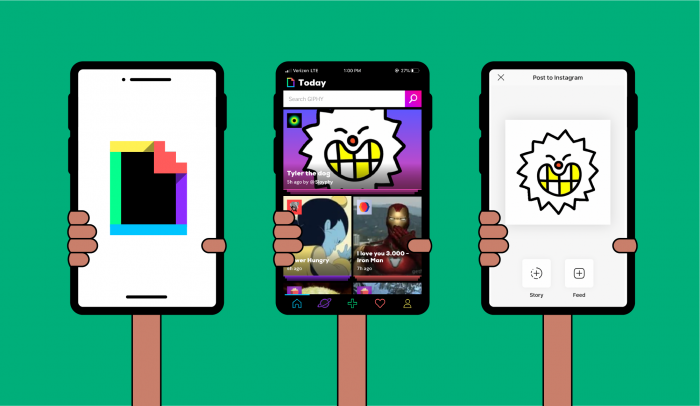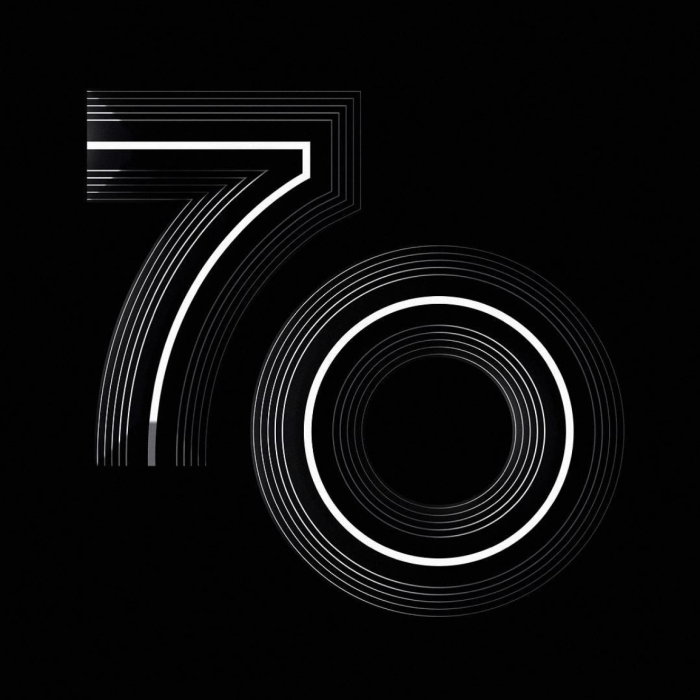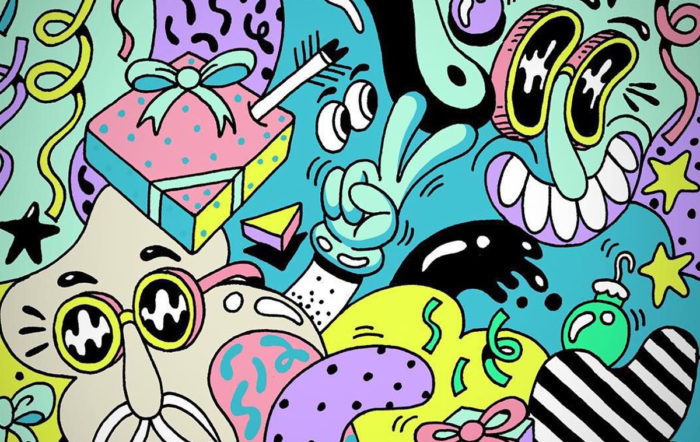Back when magazines were a driving force of commerce and creativity, the day after an issue was shipped off to the printer was unlike the rest. While editors would head off to long, boozy lunches, photo directors would call-in portfolios to review. Dozens of oversized black carrying cases would pile up on light tables, waiting to be opened, studied, and evaluated.
That pretty much never happens anymore. With smaller staffs and tighter deadlines, time-strapped art directors turn to Instagram to hunt for new talent. Yes, they may well visit a photographer’s site, but often only after an initial Instagram scan. So what do top photo directors look for when they look at an IG feed? What gives them confidence? What gives them pause? How do they read between the frames to decide if a photographer’s got what it takes?
This is how the best art directors use Instagram to evaluate photographers.
Take Advantage of the Bio
One of the reasons the best art directors rely on Instagram, of course, is that it allows them to see lots of pictures. That said, the first thing they often look at is not the photographer’s images, but their bio. And what they’re looking for—where a photographer lives, shoots, and travels to—frequently isn’t there. For a director on deadline who needs a photographer in a certain city the next morning, this is immensely frustrating.
Directors are also looking for the home-court advantage: “If a photographer lives in a particular place or travels there regularly, there’s less of a learning curve,” says David Hammer, associate art director at Formative, a marketing agency that works with clients like the Bill & Melinda Gates Foundation and Microsoft. “They’re able to hit the ground running, and they’re more likely to succeed.”
But if a director doesn’t know you regularly travel to Peru, you don’t get credit for having that insider knowledge. Finally, you don’t get many words for your bio so use them wisely. Two phrases that photo directors gloss over? “Award-winning photographer” and “visual storyteller.”
Personal v. Professional
For many photographers, Instagram serves two purposes: it’s a calling card for work, but also a social media connection to friends and family. Can the two co-exist?
Leslie dela Vega finds the mix of business and “the pie the photographer ate last night” to be frustrating. Dela Vega, director of visuals at Ozy Media and an alumna of the New York Times and Fast Company, is looking for a photographer who can stay on message and for “a feed that’s very curated. The rest,” she says, “is a distraction.”
Don Kinsella, deputy visual director at Hearst, sees it another way: “The personal stuff is important for me to see because it gives me a better perspective on who the photographer is and what’s important to her,” he says. “It’s something that the old portfolios didn’t offer and that you don’t see much of on sites.”
When he was at Popular Mechanics, Kinsella often had to find photographers for one-of-a-kind assignments—shooting Alaska’s Denali Highway, for instance, which called for the photographer to climb on the back of a Snowcat for 70 miles and then sleep in a Spartan lodge. A photographer who was building a winter cabin, he says, would be more likely to get the assignment than one who spent his free time kicking it at SoHo House. “Those personal pictures,” says Kinsella, “would tell me which photographer would be able to work well within a particular environment.”
Study the Captions
Yes, you’re there for the images. But don’t blow by the captions, which can offer context and clues into how a photographer works. “Captions tell me what the challenges were and how the photographer troubleshoots,” says dela Vega.
By way of a case study, she points to the account of photographer Art Streiber (@aspictures), widely known for his portraiture, where captions routinely offer backstage insight into his process. Under a series of photos he made recently for Variety, Streiber writes: “Photographing 24 actors, in pairs and as singles on three sets with four different lighting looks over the course of a weekend is a thrill ride!” (Streiber, by the way, typically posts his finished portraits but also telling behind-the-scenes shots, captioning all of them.) The captions can also offer some sense of how the photographer works with assistants and stylists (are they tagged and thanked?), because a strong team can lead to strong outcomes.
Why Outtakes Matter
One thing that the best art directors agree on is the value of studying the outtakes and “behind the scenes” pictures that a photographer posts, which, they say, often reveals as much about the photographer as the published photo. “Most of the time, the photographers aren’t the ones choosing the pictures that get printed,” says Kinsella. “Outtakes are an incredible way to see the photographer’s vision and their eye.” They can also shed light on how photographers approached the concept, how thorough the shoot was, the range of options they offered, not to mention their creativity and storytelling ability—all factors that are key to assessing whether a photographer can succeed at a given assignment.
Likewise, dela Vega studies behind-the-scenes shots closely. “They give me an indication of how a photographer works, the kind of sets they use, what kind of equipment they work with, how many people are on set, and whether they can handle larger productions,” she says.
For Kinsella, behind-the-scenes pictures provide another window into the photographer: “Ultimately, I want to know who this person is. You’re sending people into a situation, and you want a great photo but you also want to know what kind of environment they’re comfortable with. Behind-the-scenes shots give you that insight.”
How Important is Consistency?
When hiring for a specific assignment, the best art directors may find comfort in an Instagram account’s consistency—a photographer who, time after time, nails the colorful lifestyle shot. But top photo editors also see that as a trap. “Instagram is a place to show a range of styles,” says Kinsella, “maybe a way to showcase work that they’re not getting hired to do but that they’re capable of and passionate about. I like seeing that range.” Hammer agrees: “I look for consistency in the quality of the work rather than in the subject matter.”
Reading a Slideshow
Photo directors appreciate Instagram’s slideshow feature because it allows them to see a handful of photos quickly, but also, dela Vega says, because “it shows me whether a photographer knows how to tell a story, and it gives me a sense of their editing skills.”
Specifically, picture directors look for images that speak to each other, whether they’re repetitive, if the sequencing makes sense, and whether the story can be told in five pictures rather than the 10 the photographer included.



